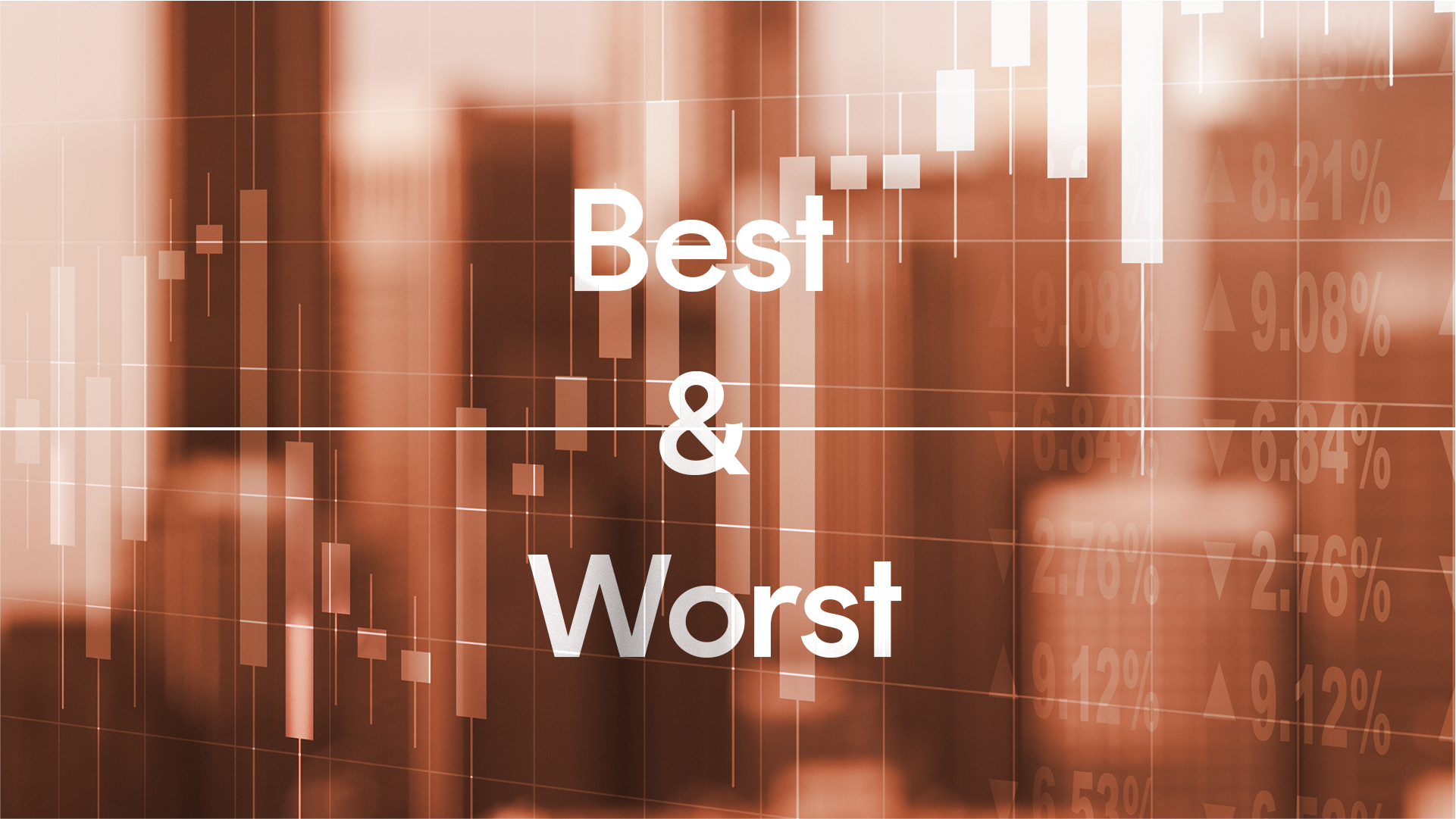ETFs provide Australian investors with a simple way to construct diversified portfolios across a range of asset classes in international and domestic markets.
As a result, there are now more ETF investors than ever before. For new and experienced investors alike, it can be challenging to wrap your head around all the different elements, such as how ETFs achieve diversification, to the role of market makers.
In order to cut through the noise, we teamed up with two critical players in the ETF industry, Australia’s largest exchange, the ASX, and Australia’s largest online broker, CommSec, to bring you this four-part ETF Education Series.
Here are four tips from the experts at Betashares and CommSec.
1. Save time and keep it simple
Investing in individual assets, like shares or bonds, can be complex and time-consuming, and provides limited diversification.
ETFs on the other hand, provide investors with opportunities to generate financial returns by investing in an entire market, sector, region or theme – rather than having to pick a handful of stocks.
Not only do ETFs provide benefits of diversification, which we touch on below, but eliminating stock picking also provides cost benefits to investors as you can buy an ETF in a single trade, compared to a selection of stocks over multiple trades.
Further to this, ETFs are low-cost as they generally aim to closely track a market index. As a result, the fees to manage the investment are generally lower than other traditional actively managed funds.
2. Don’t put all your eggs in one basket
Simply put, diversification is spreading your investments across geographic regions, industry sectors or asset classes. If you are wondering how to achieve this, ETFs are a convenient way to do so.
In a diversified investment portfolio, your investment risk is spread. This means that if one part of your portfolio underperforms over a period, it may be balanced out by gains in another, reducing the risk of a significant overall loss.
Allocating your investment funds across several major asset classes, including shares, fixed income and commodities, is one important way to diversify.
It’s also important to diversify within an asset class. For example, the equities component of your portfolio should include exposure to both domestic and global equities.
The point here is not to choose between the two, but that having a diversified portfolio with an allocation to both Australian and global equities may result in a better long-term outcome compared to investing in just one market.
Fortunately, it has never been easier to achieve this with ETFs. For example, investors looking to add international equities diversification to their Australian core equities portfolio could consider BGBL Global Shares ETF or its hedged counterpart – HGBL Global Shares Currency Hedged ETF .
In one ASX trade, both BGBL and HGBL provide exposure to companies from a broad range of global locations and across a wide range of sectors, many of which are under-represented in the Australian sharemarket.
-
BGBL
Global Shares ETF
-
HGBL
Global Shares Currency Hedged ETF
3. Do your research
With over 340 exchange-traded products on the ASX, there is plenty of choice for investors. But all this choice can pose a challenge when it comes to narrowing down an ETF to invest in. Here are some things to consider.
Firstly, when looking to compare ETFs, it’s important to think about your circumstances. This includes your objectives, time horizon and risk tolerance. Only then can you select the appropriate investment to meet your needs.
In evaluating ETFs that may meet your needs and objectives, there are many factors to consider, including the index the fund aims to track, as well as the asset class, country, sector, theme or investment strategy the ETF offers exposure to.
For example, two ETFs may have similar names and be focused on the same sector but could have completely different holdings and risk profiles if the indexes they track are constructed differently.
It’s important to see what the fund owns, how the holdings are weighted and how diversified the portfolio is.
Another important consideration is management fees and any other costs involved in purchasing, maintaining and selling your holdings in an ETF.
All this information is readily available on the ETF provider’s website or via your broker.
4. Understand how ETFs work
Investors only usually interact directly with a broker when buying an ETF. But behind the scenes, a few other key players are also involved in the process, such as market makers and authorised participants.
ETFs are open-ended funds, which means the ETF provider can create or redeem units via an authorised participant, to meet investor demand.
All ETFs have one or more designated authorised participants whose core responsibility is to ensure there are sufficient units in the ETF available so that investors can buy or sell when they choose to do so.
Should investor demand exceed what is available in the market, authorised participants can simply ‘create’ more units (issued by the ETF provider) to meet that demand, and likewise can redeem units when supply exceeds demand.
Market makers, whose role is to provide ongoing liquidity in the ETF market by offering both a buy and sell price for ETF units during the trading day, will also attempt to maintain a tight bid/ask spread (the difference between the price to buy and the price to sell units) so that the price of the ETF closely approximates the net asset value (NAV) per unit throughout the trading day.
As long as the underlying holdings of an ETF are liquid, there will always be the ability for the authorised participants to ‘create’ more ETF units to support the investor demand in the ETF.
Summary
As more Australians continue to use ETFs, it’s important for investors to understand these essential tips, from the advantages of broad diversification and cost-efficiency, to comparing ETFs and understanding the role of market makers and authorised participants.
Watch the ETF Education Series here or click the embedded playlist below. Produced in partnership with ASX and CommSec.
There are risks associated with investment in BGBL and HGBL, including market risk and international investment risk and country risk, as well as currency hedging risk (for BGBL). Investment value can go up and down. An investment in each fund should only be made after considering your particular circumstances, including your tolerance for risk. For more information on risks and other features of each fund, please see the applicable Product Disclosure Statement and Target Market Determination, both available on this website.
This article mentions the following funds
Annabelle Dickson was previously a journalist at Financial Standard and prior to that at The Inside Investor and The Inside Adviser. She holds a Bachelor of Arts in Communication (Journalism) from The University of Technology Sydney.
Read more from Annabelle.


